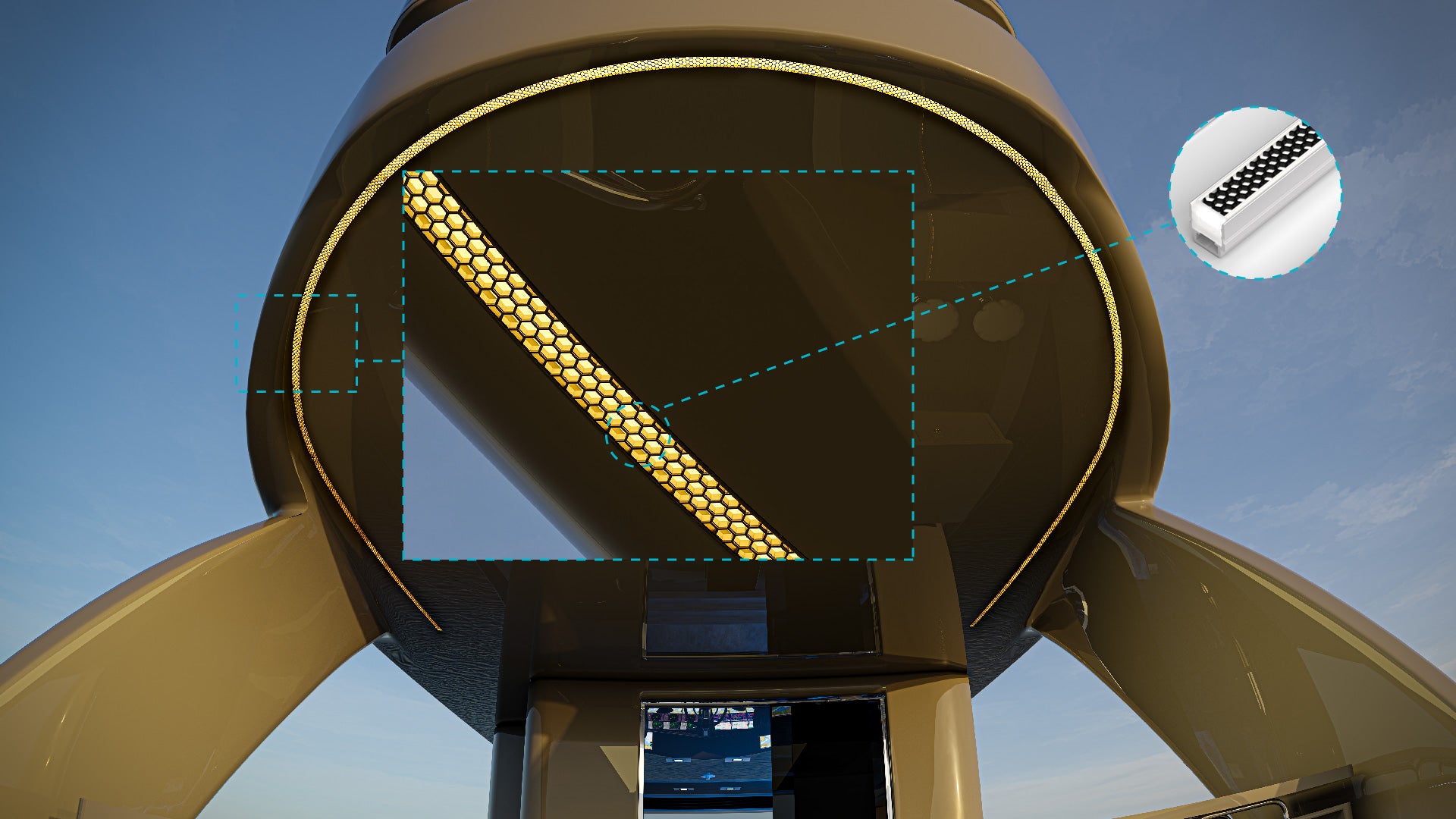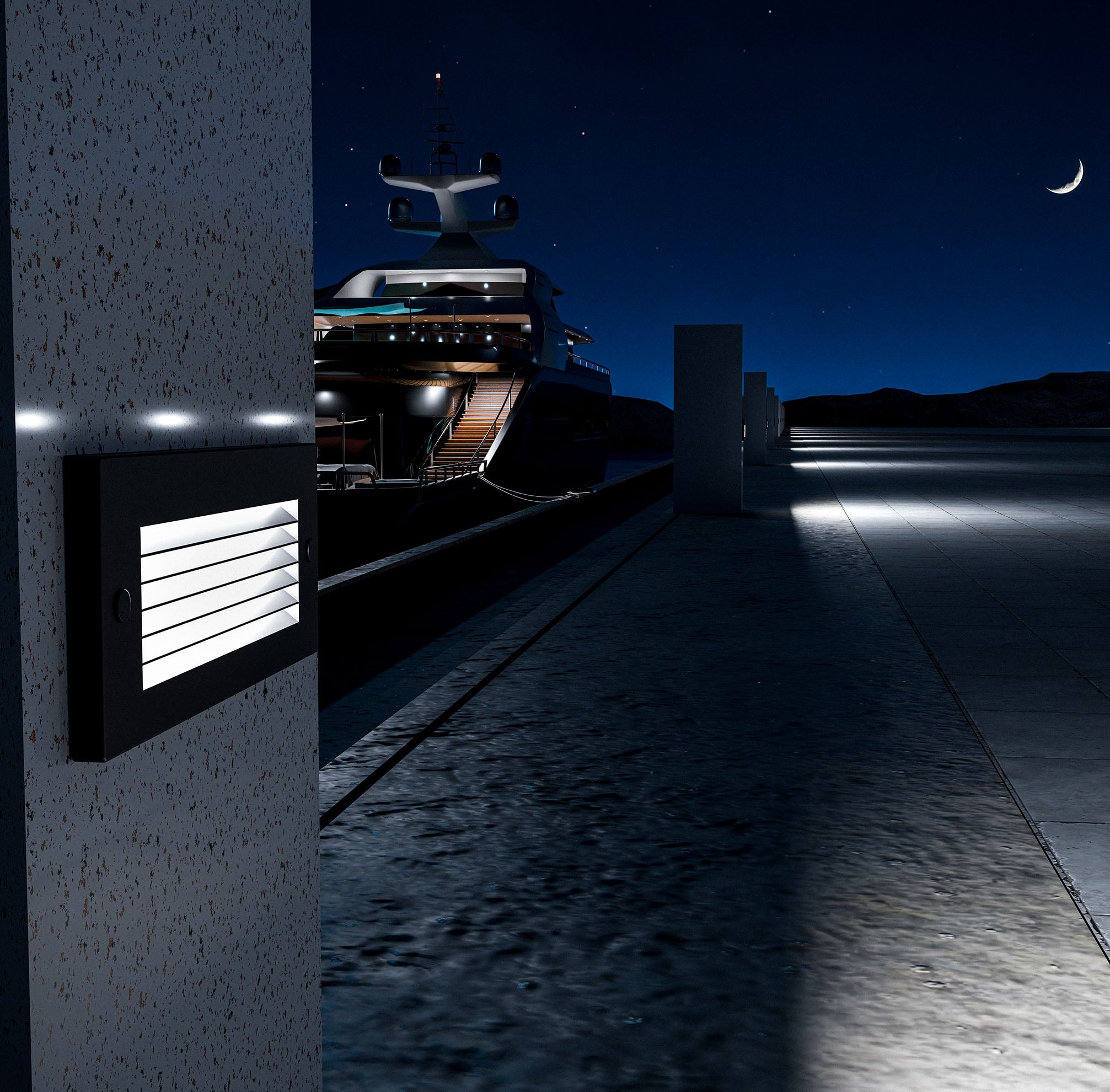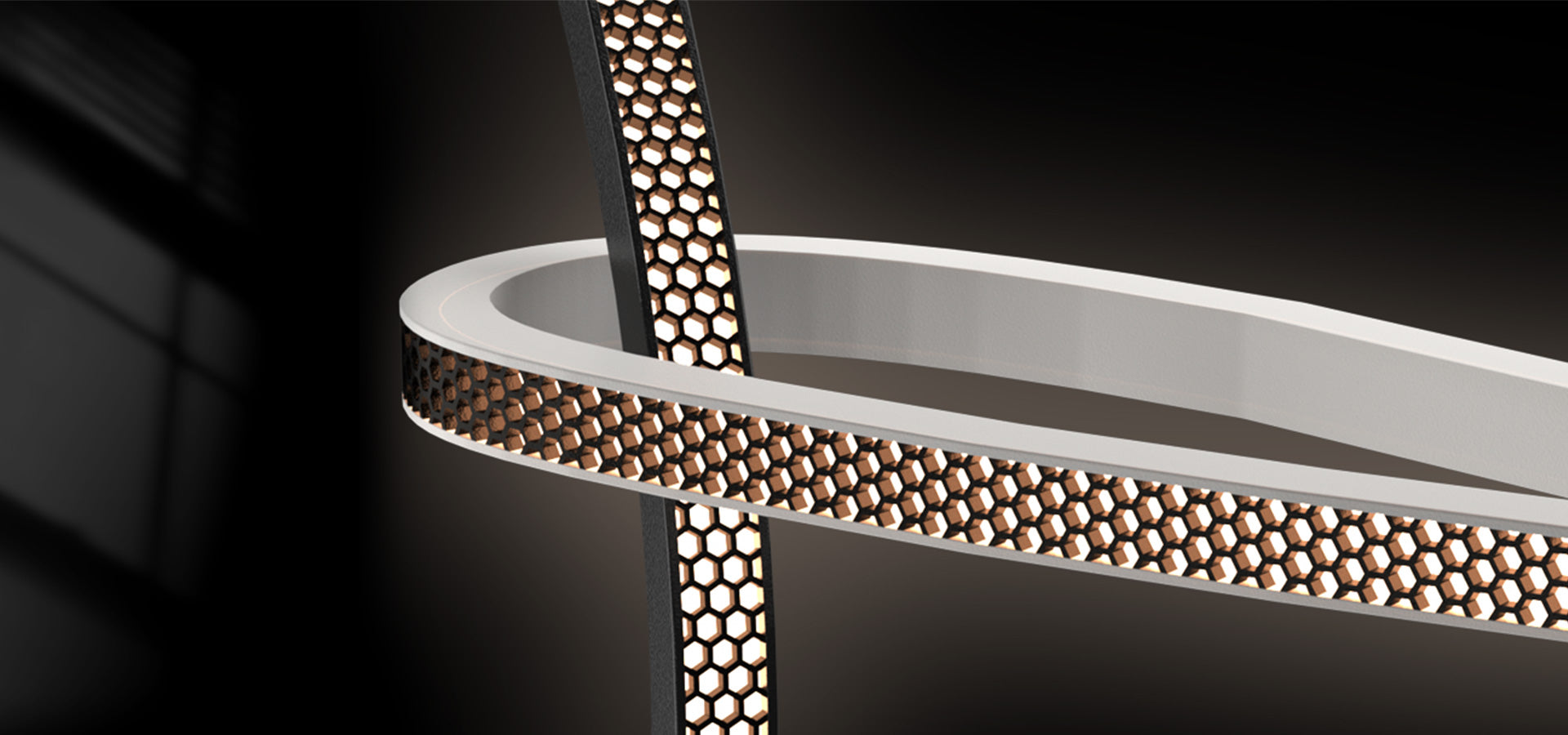What is a Beam Angle?
Beam Angle refers to the spread or width of light emitted from a fixture, typically measured in degrees. This measurement indicates how wide or narrow the light is dispersed from the source, affecting how it illuminates a specific area on a boat. Beam angles are essential in marine lighting, as they help boat owners and designers choose the right fixtures to match the unique needs of different spaces, from focused task lighting to broad ambient illumination. Understanding beam angles is critical to achieving both functional and aesthetic lighting on board.
Types of Beam Angles
Beam angles can generally be divided into three categories: narrow, medium, and wide. Narrow beam angles, often ranging from 5° to 15°, create a concentrated, focused light suitable for spotlighting. On a boat, narrow beams are commonly used in searchlights and spotlights to illuminate distant objects with precision, which is crucial for safety and navigation in low visibility. Narrow beams can cut through darkness or fog, allowing boat operators to identify obstacles, buoys, or approaching vessels, making them invaluable in nighttime or challenging marine environments.
Medium beam angles, typically between 20° and 40°, provide a balance of focus and spread. These beams are useful in areas like the helm station or workspaces on a boat, where more expansive yet controlled light is needed for tasks. For example, a medium beam angle at the helm can provide sufficient illumination for navigating instruments without scattering light into other parts of the boat, preventing glare that could impact the captain’s night vision. This controlled light spread also improves visibility for specific activities on deck without overwhelming nearby areas.
Wide beam angles, usually 50° or more, disperse light broadly, ideal for general lighting or creating ambient illumination in larger areas. On boats, wide beam angles are often used for deck lighting, cabin lighting, and lounge areas where a comfortable and well-lit environment is desired. By casting light over a wider area, these beams enhance safety on deck by reducing shadows and ensuring even lighting across walking surfaces, which is especially important on larger vessels or multi-level decks. The wide angle creates a welcoming and relaxing atmosphere, making it ideal for social and leisure spaces on board.
Choosing the Right Beam Angle for your Application
Selecting the right beam angle for each lighting fixture helps maximize functionality and comfort on a boat, ensuring each area is properly illuminated for its intended purpose. The balance between narrow, medium, and wide beam angles can transform the onboard experience, offering tailored lighting that meets both practical and aesthetic needs. Whether it's for focused navigation, task lighting, or general illumination, understanding beam angles allows boat owners to create an effective and enjoyable lighting setup throughout their vessel.








